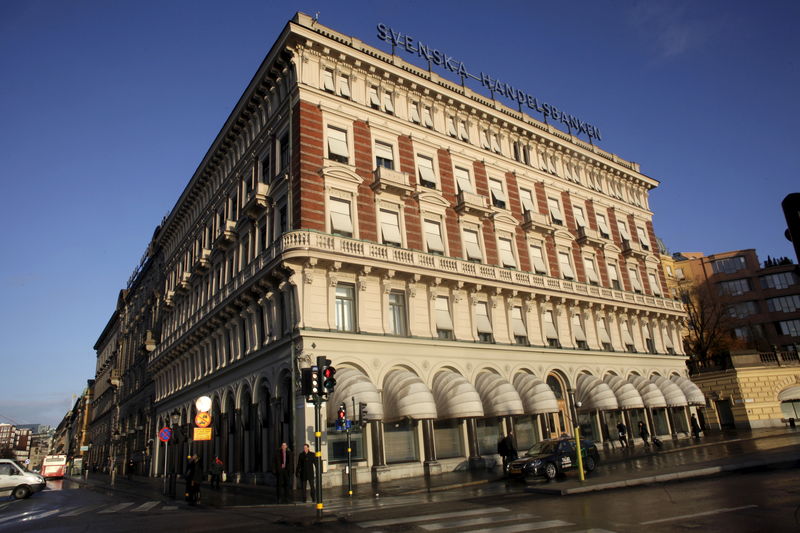Asahi shares mark weekly slide after cyberattack halts production
Investing.com -- Svenska Handelsbanken’s first-quarter results exceeded expectations, driven by stronger-than-forecast net interest income, better cost control, and a surprise reversal in impairments, sending its shares up by over 6% on Wednesday.
The bank posted a net profit of SEK 6.32 billion, 6% above consensus. This was underpinned by a 5% beat in pre-provision profit, largely driven by a 3% higher-than-expected net interest income and 5% better-than-forecast costs.
Revenues reached SEK 14.8 billion, a modest 0.5% increase year-on-year. NII was 3% ahead of forecast but fell 3% sequentially, impacted by weaker margins, funding costs, and lower volumes.
Analysts noted a SEK 285 million negative impact from these factors, roughly 8% worse than in the previous quarter. Fee income was 3% below expectations, mainly due to lower asset management and payment fees, while trading and insurance also underperformed consensus.
Expenses were 5% better than expected, as SHB (HM:SHB) successfully reduced its cost base. Annual salary adjustments were offset by a 2% reduction in full-time employees, leading to a 4% year-on-year drop in underlying expenses.
Impairments saw a reversal of SEK 54 million, a positive surprise compared to consensus expectations for a charge.
The credit loss ratio (CoR) came in at -1 basis point, while stage 3 expected credit losses decreased significantly to SEK 28 million, compared to SEK 108 million in Q4 2024.
The CET1 ratio stood at 18.4%, 30 basis points lower than expected, reflecting the higher dividend accrual of SEK 5 per share for Q1.
However, the ratio remains 50 basis points above the bank’s long-term target range. SHB is forecasting a full-year dividend per share of SEK 11.50, down from SEK 15 last year, with analysts estimating a potential SEK 12 per share total dividend, depending on the capital buffer.
SHB’s return on equity for Q1 was 12.9%. The bank trades at 11.3 times its 2026 estimated earnings per share and 1.2 times tangible net asset value, reflecting an 11% return on tangible equity.
Analysts see downside risks to SHB’s valuation premium relative to Nordic peers despite strong Q1 results.
